I feel like there is a theme developing on our blog lately. Tariffs, tariffs, and more tariffs! Today we saw the official announcement from the US Department of Commerce about the tariff on Canadian Softwood. To our customers this won’t be a surprise since we have been talking about this for more than a month. It certainly is no secret and not news considering the long standing debates over Canadian softwood trade that go back to the 1980s. But all the anticipation and rumors are over.
Here’s the Damage
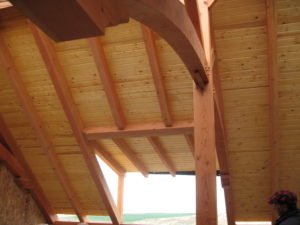 20% (19.89% actually) on all softwoods, and for our customers that means the Yellow Cedar, Western RedCedar, and Douglas Fir. Its a tough tax to swallow when you consider the softwoods we deal in are top grade, premium species. CVG grades are already pricey but adding 20% to it?
20% (19.89% actually) on all softwoods, and for our customers that means the Yellow Cedar, Western RedCedar, and Douglas Fir. Its a tough tax to swallow when you consider the softwoods we deal in are top grade, premium species. CVG grades are already pricey but adding 20% to it?
We have a strong inventory on hand right now but recognize that everything we buy going forward will have this 20% tax added on to it. It is actually hard to see exactly how this will shake out when it comes to the price you may actually pay on material since the tax is levied upstream in the supply chain, but its a safe bet that current prices are going to change fast. If you know you will be needing some of the aforementioned products in a current or future project, now is the time to get that order in before new inventory with higher prices becomes the norm…
…at least until this latest tariff is repealed like all the previous incarnations of the Softwood tariff.

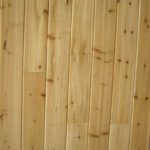
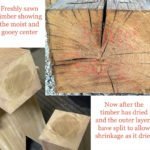


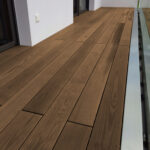
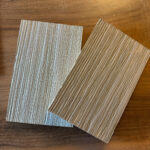


While I don’t want prices to go up any more than anyone else does, what I read in the Wall Street Journal was that the tax would be retroactive to (I think it was) November. Your web article referred to a strong inventory that you already have, but you may need to up your prices on your current stock, since if the report I read is correct, you’ll be charged the tariff on all that wood that you got since November (or whatever month it actually was). I hope I’m wrong.
Yes this is correct. It is a retroactive tariff. As if the recent AD plywood tariff. Many of the importers have been expecting this and actually stopped buying material to avoid this before the 90 day period. These companies have been essentially rationing out their stock during this waiting period until the tariff was made official. So not only are prices going up but we may see an additional spike in prices as their will likely be an inventory gap to be filled as well.